Cats are amazing creatures, it’s not just that the entire Internet loves them. We are ready to forgive these fluffy faces anything, and despite possible character traits, we still adore and pamper them. Let's learn some interesting facts about cats! 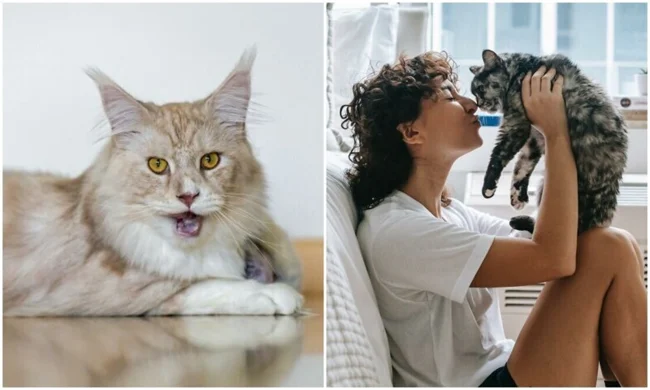
The ancient Egyptians shaved their eyebrows when their cats died - they considered them magical creatures. They kept mourning and mourned the loss of the cat until the eyebrows grew back 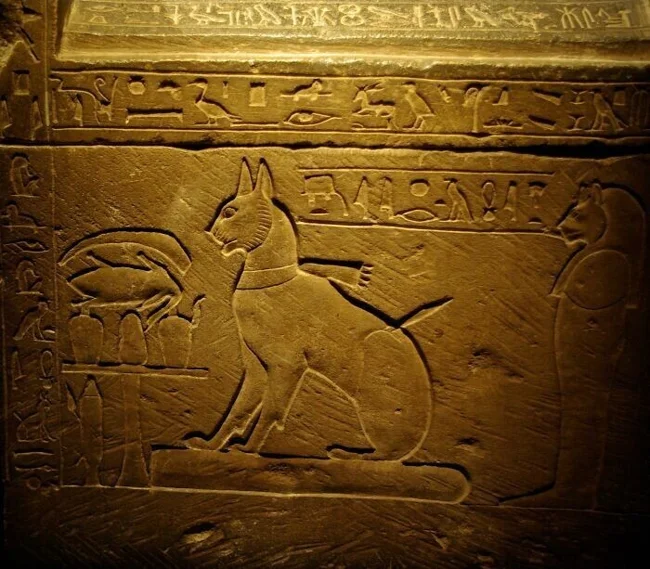
If a cat slowly blinks its eyes at you, it is literally declaring its love for you. This is how cats show trust 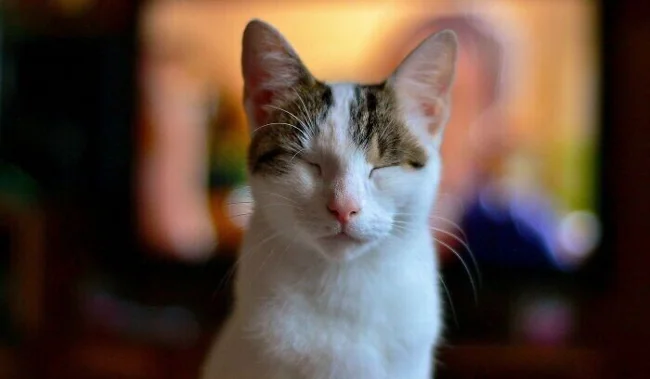
The Guinness Book of World Records no longer lists the "fattest cat in the world." Cases have been reported where owners deliberately fattened cats in order to win a record 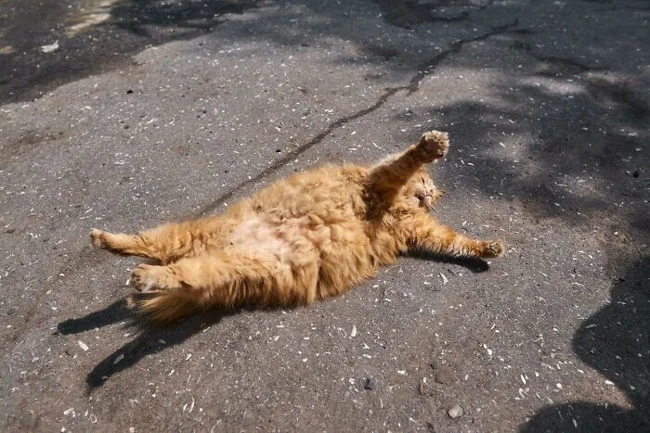
Sometimes cats yawn to end a conflict with a cat. It's their way of saying, "This isn't worth my time." 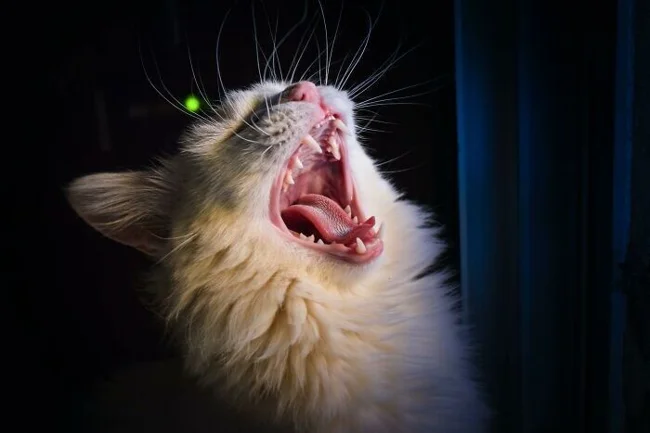
Cats are strictly carnivores. Their diet must contain meat, and they are not advised to feed them plant foods. 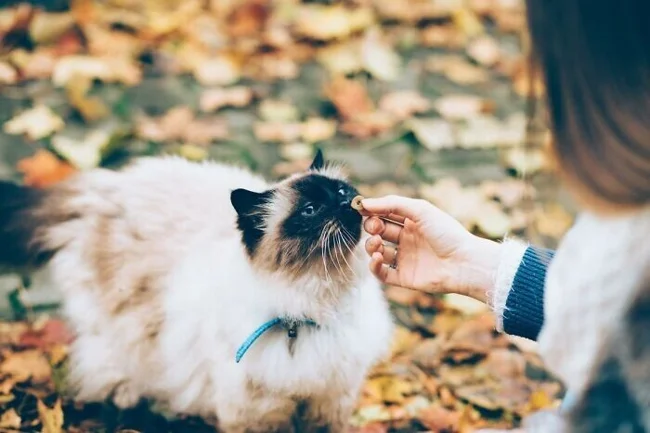
This cat works at a train station in Japan 
Cats have a special sound developed for communicating with people and “begging.” The sound is a combination of purring and meowing, and its frequency is similar to that of a baby crying 
When walking, cats move first with both right legs and then with both left legs. In the wild, only camels and giraffes walk this way. 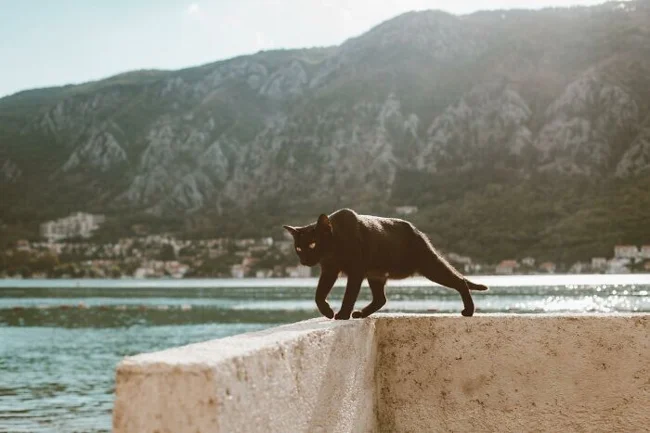
Cats have a special vomeronasal organ in their upper jaw. With it, they can perceive the heat pheromones that other cats leave behind, or sense where their possible prey is located. 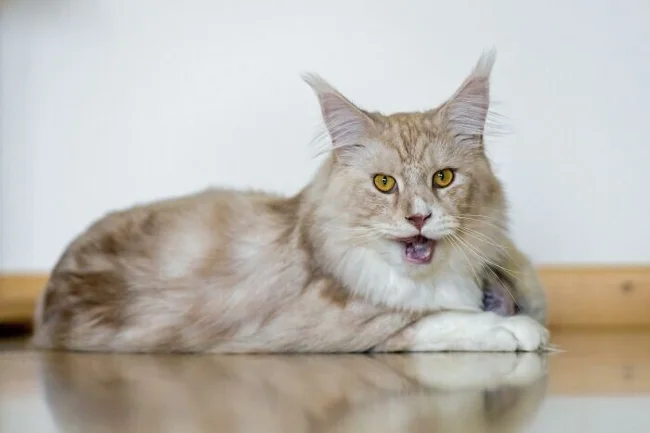
Cats domesticated themselves. Once upon a time, they themselves came to people’s barns, where many mice were feeding uncontrollably. The cats decided to stay to feast on the mice, and it was profitable for people to keep cats so that they would exterminate rodents 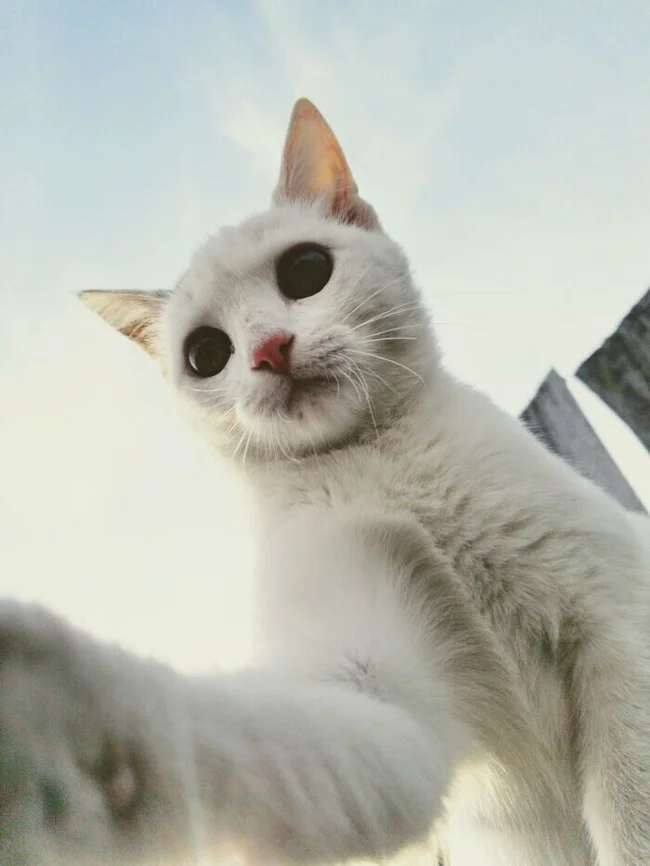
Cats dream. Scientists suggest that they mostly dream about hunting, as well as anxious experiences. 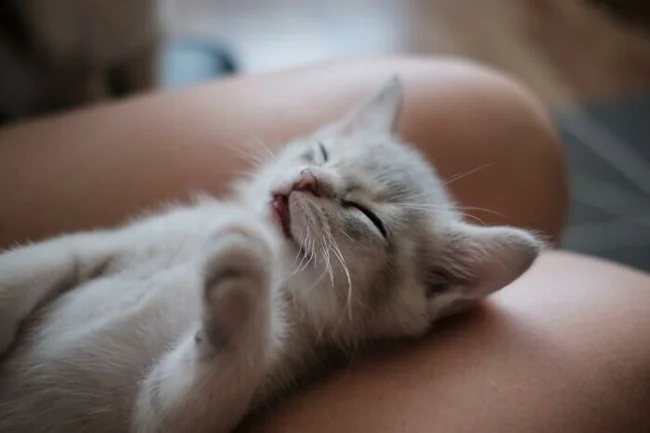
If a cat licks you or “washes” you, it is expressing affection. 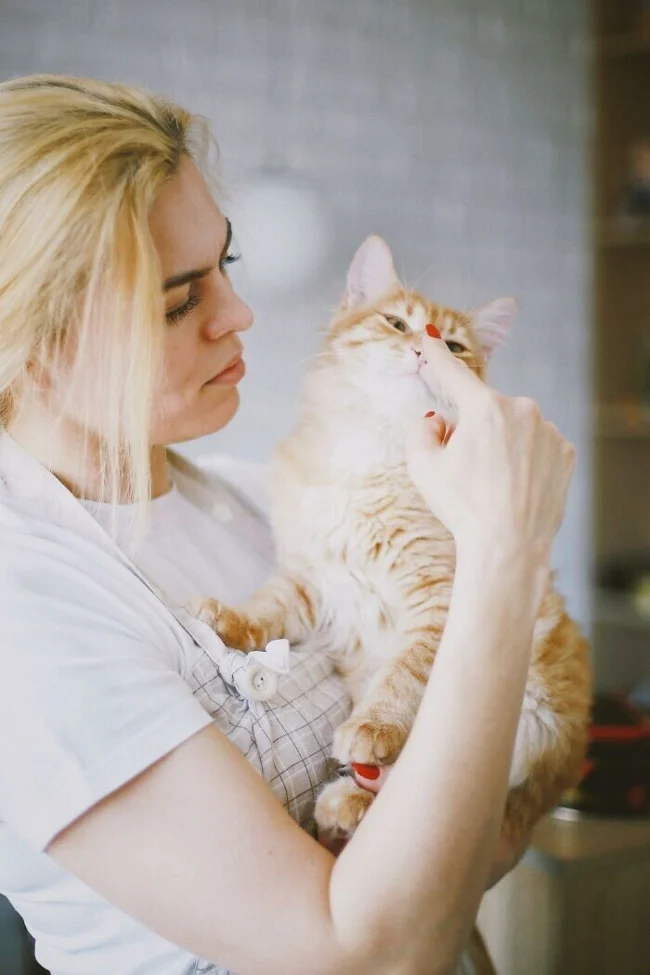
Research shows that cat owners are healthier than dog owners. Cats' "calming" influence may help reduce risk of heart attack or heart attack 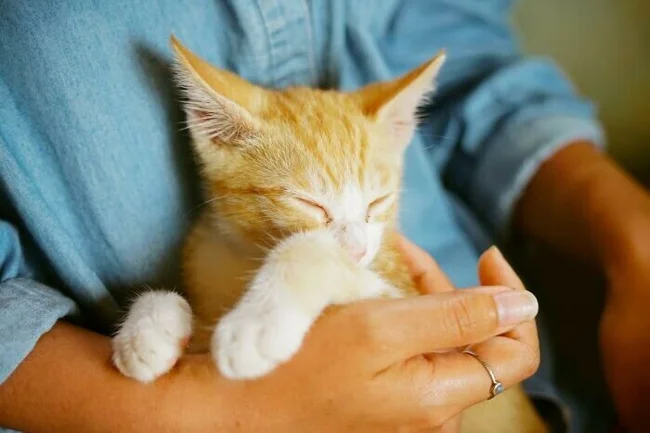
Cats instinctively prefer to drink running water. In the wild, they avoid standing water because it can be contaminated 
A cat's nose has a completely unique "print" similar to a human fingerprint. 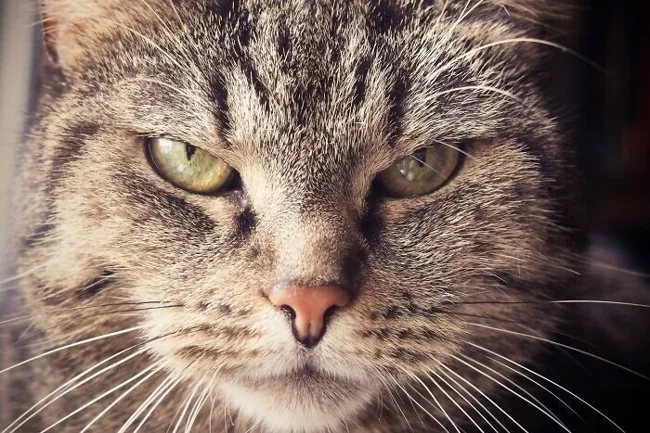
About 40% of cats have either a right or left "lead" paw, just like humans 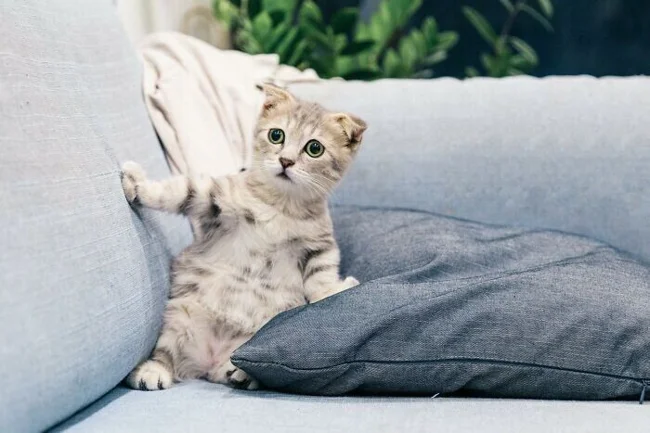
The domestic cat and the tiger have 95 percent similar behavior patterns - such as play hunting, scent marking and attack techniques 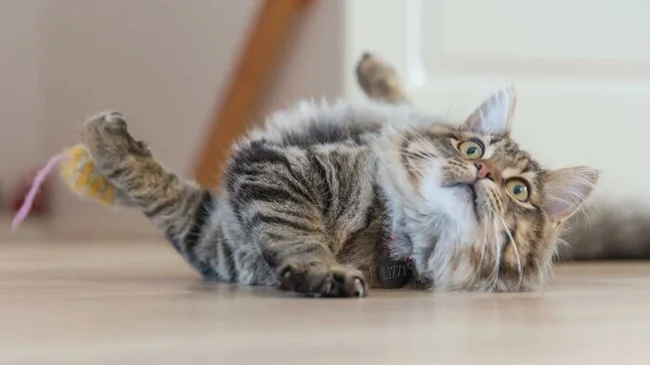
Cats spend approximately 2/3 of their day sleeping 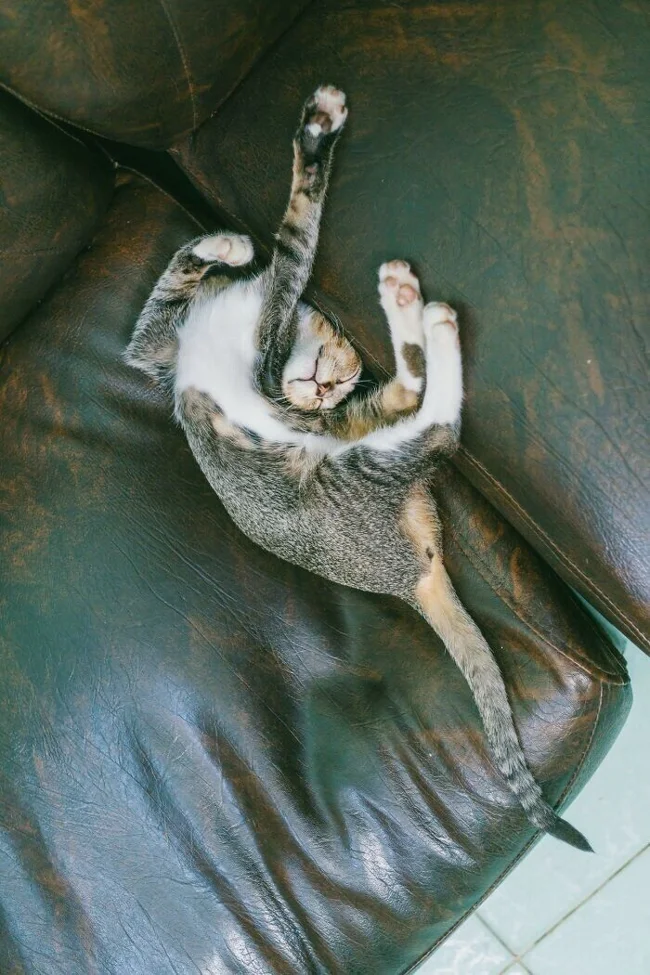
Cats often carry the Toxoplasma gondii parasite. Mice infected with this parasite, due to damage to neurons, cease to be afraid of sources of threat, including cats. 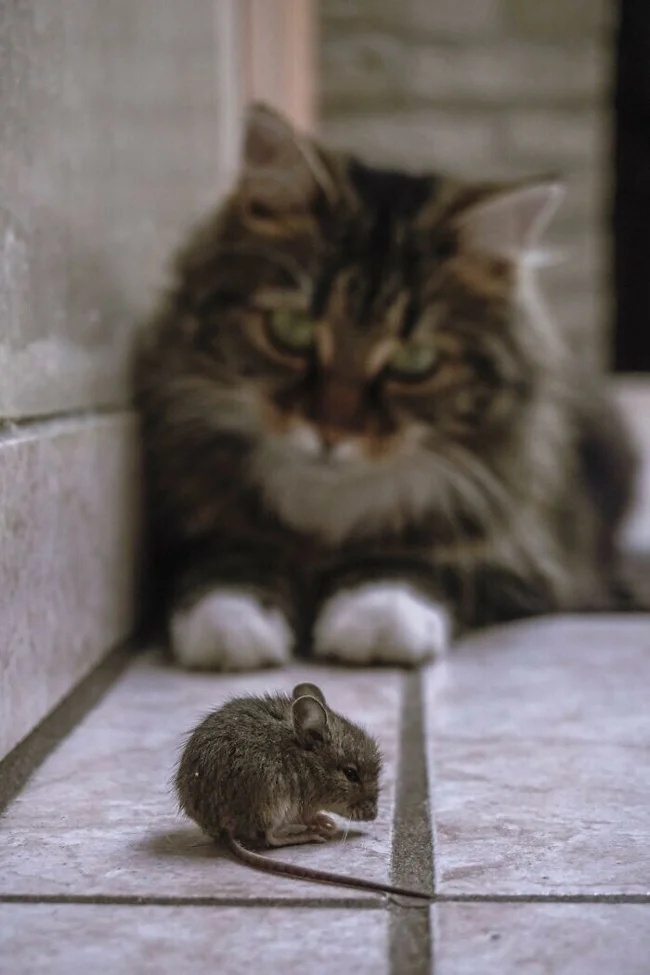
Cats sometimes prefer to ignore people. Research shows that they often hear us calling them but choose to ignore it. 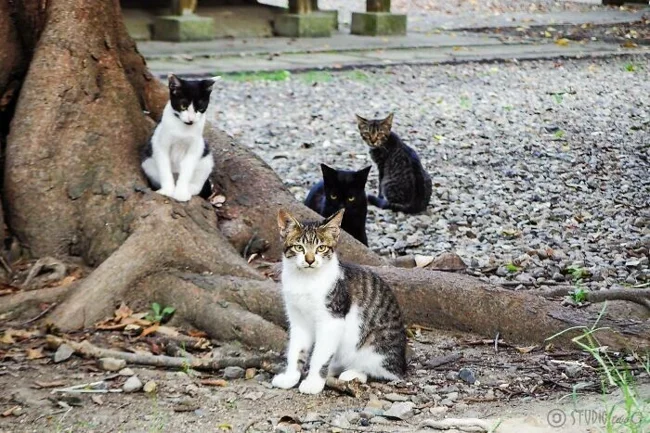
Cats suddenly begin to rush around the house and jump when they have accumulated a sufficient amount of energy. They are like a wind-up toy: energy appears - you need to throw it out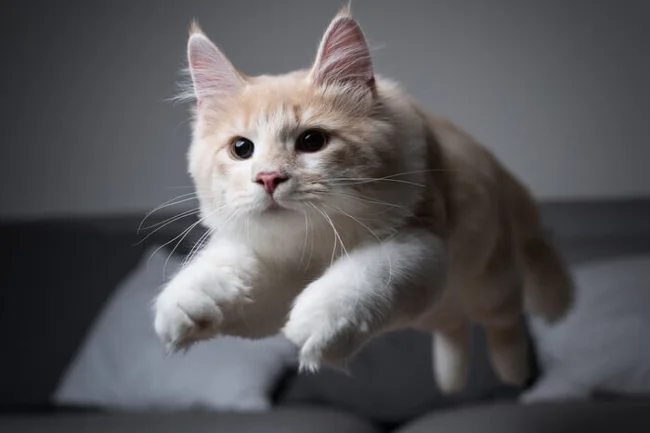
Cat whiskers pick up vibrations, which help cats navigate their environment and judge space. If the whiskers are cut or damaged, it will disorient the animal. 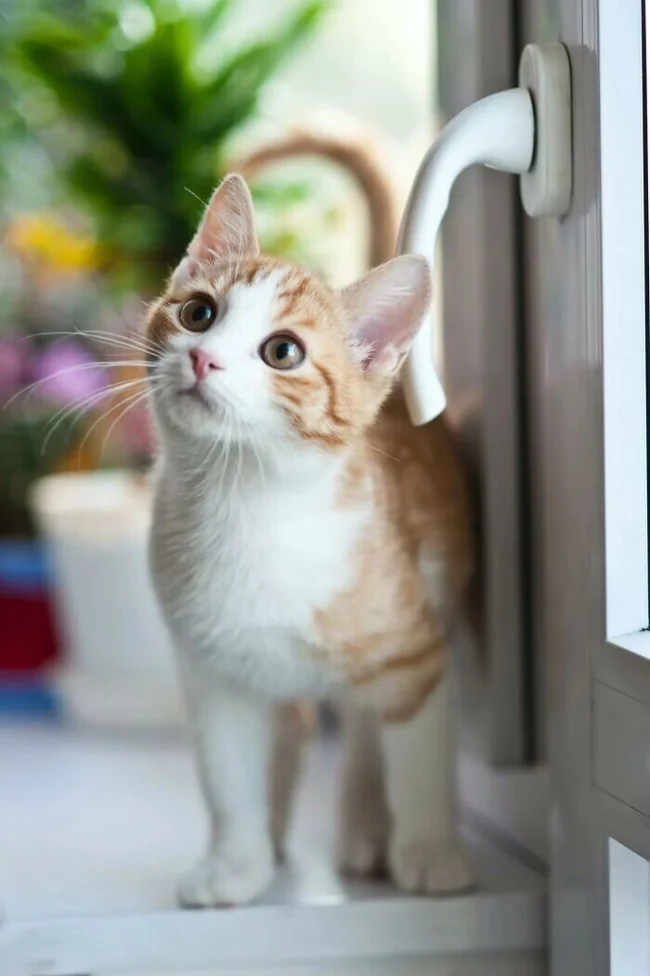
Cats can develop depression - it is usually caused by external sources of stress. Symptoms include loss of appetite, decreased energy levels, and changes in litter box use 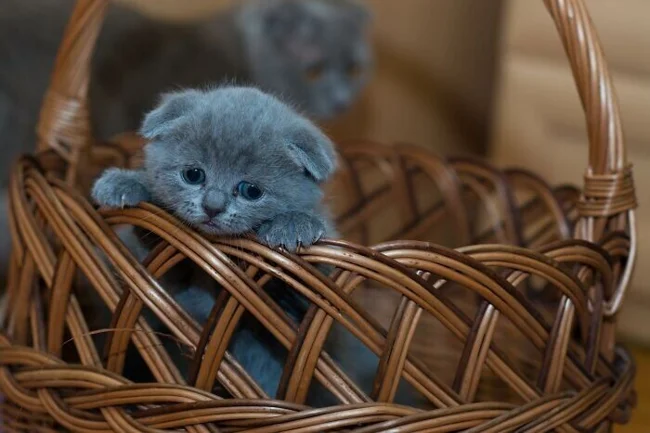
Cats can find their way home, even if they are many kilometers away. They do this using their strong senses of smell and hearing. Some scientists even say that cats sense the Earth's magnetic field 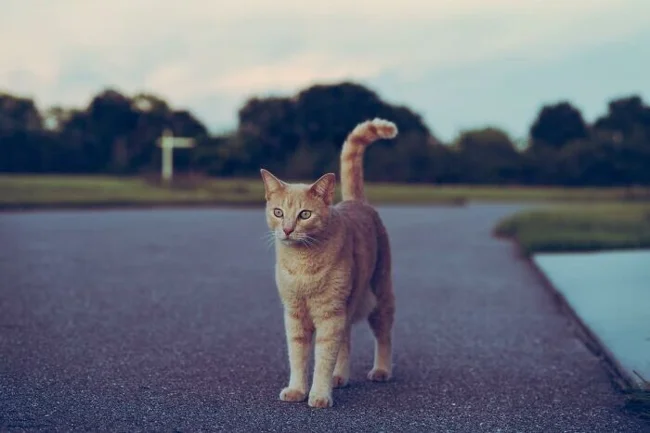
You can use your whiskers to track your cat's mood. If they hang calmly downwards, the cat is relaxed, if they are directed backwards, she is sad, and forwards, this means curiosity. 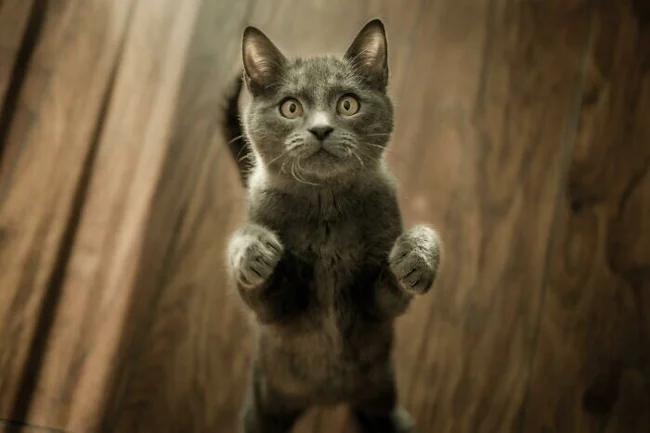
Cats can develop pimples (acne). This is quite common - pimples usually appear on the chin 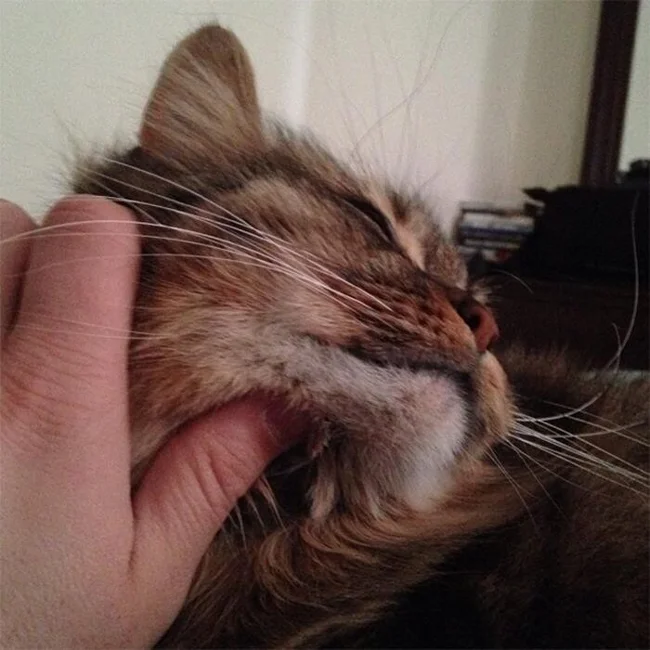
Cats "wash" approximately 1/3 of the time they are awake. This amounts to about 730 full days of their life 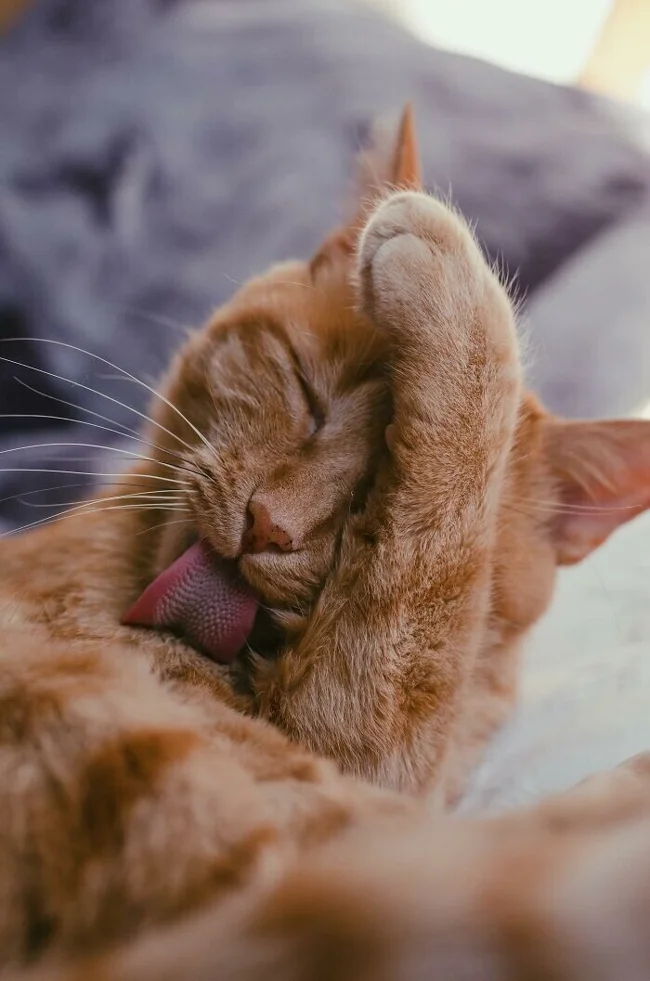
In Scotland there is a monument to a cat named Towser. During her life, this cat destroyed 30 thousand mice in factory warehouses 
Cats have whiskers on their paws. They don't see very well up close, so they use these whiskers to detect the size and scent of their prey. 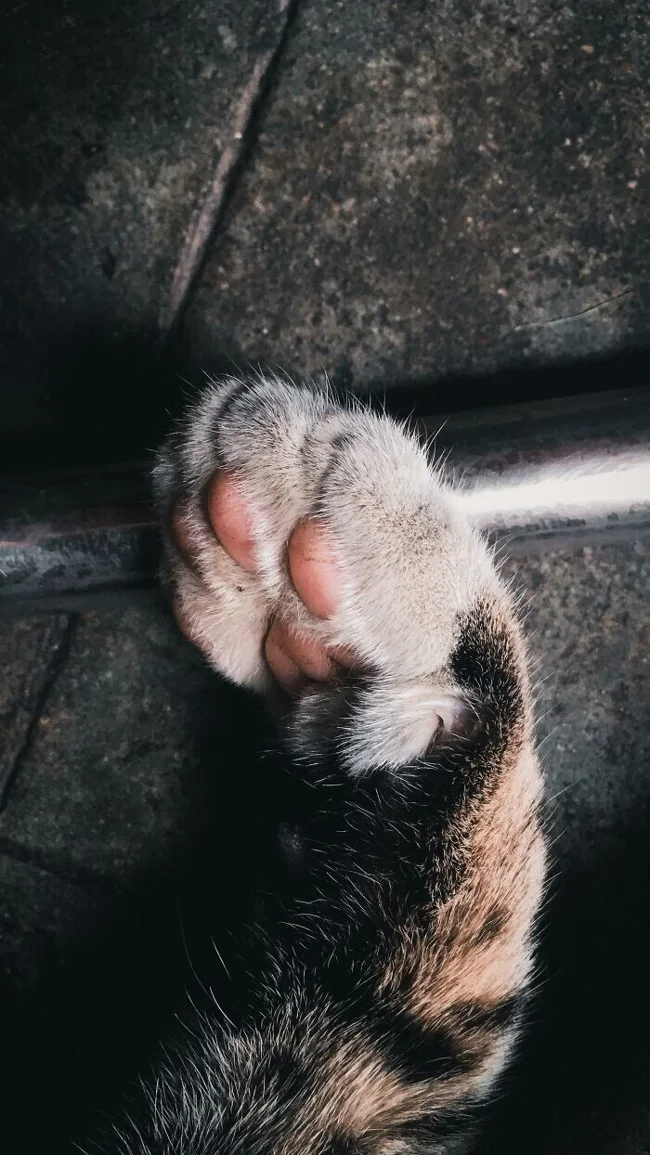
0 comments
